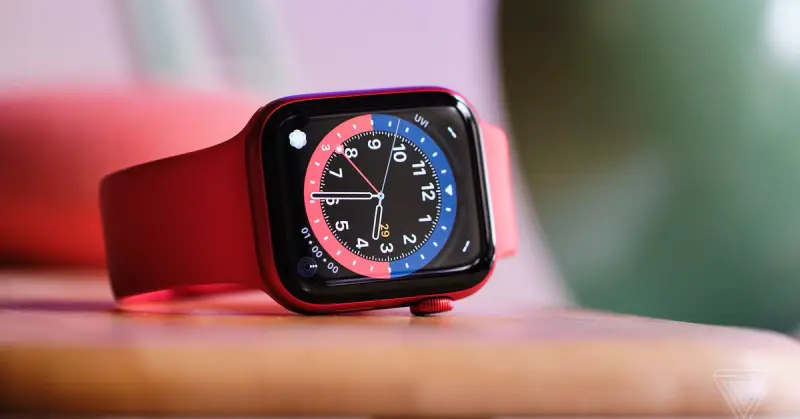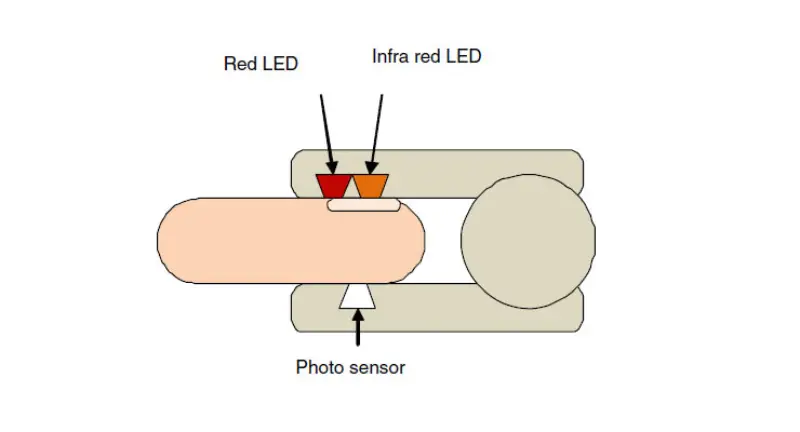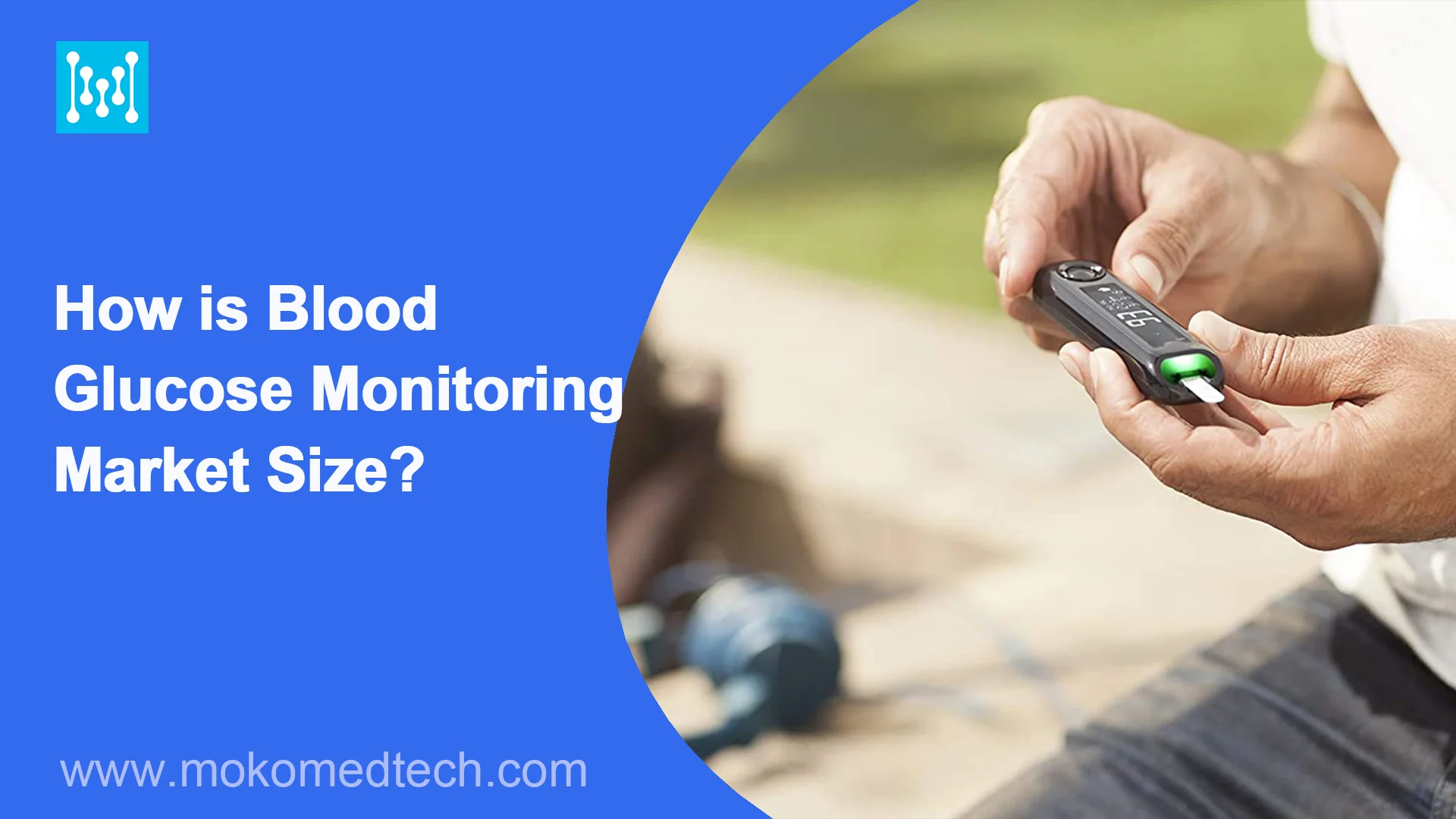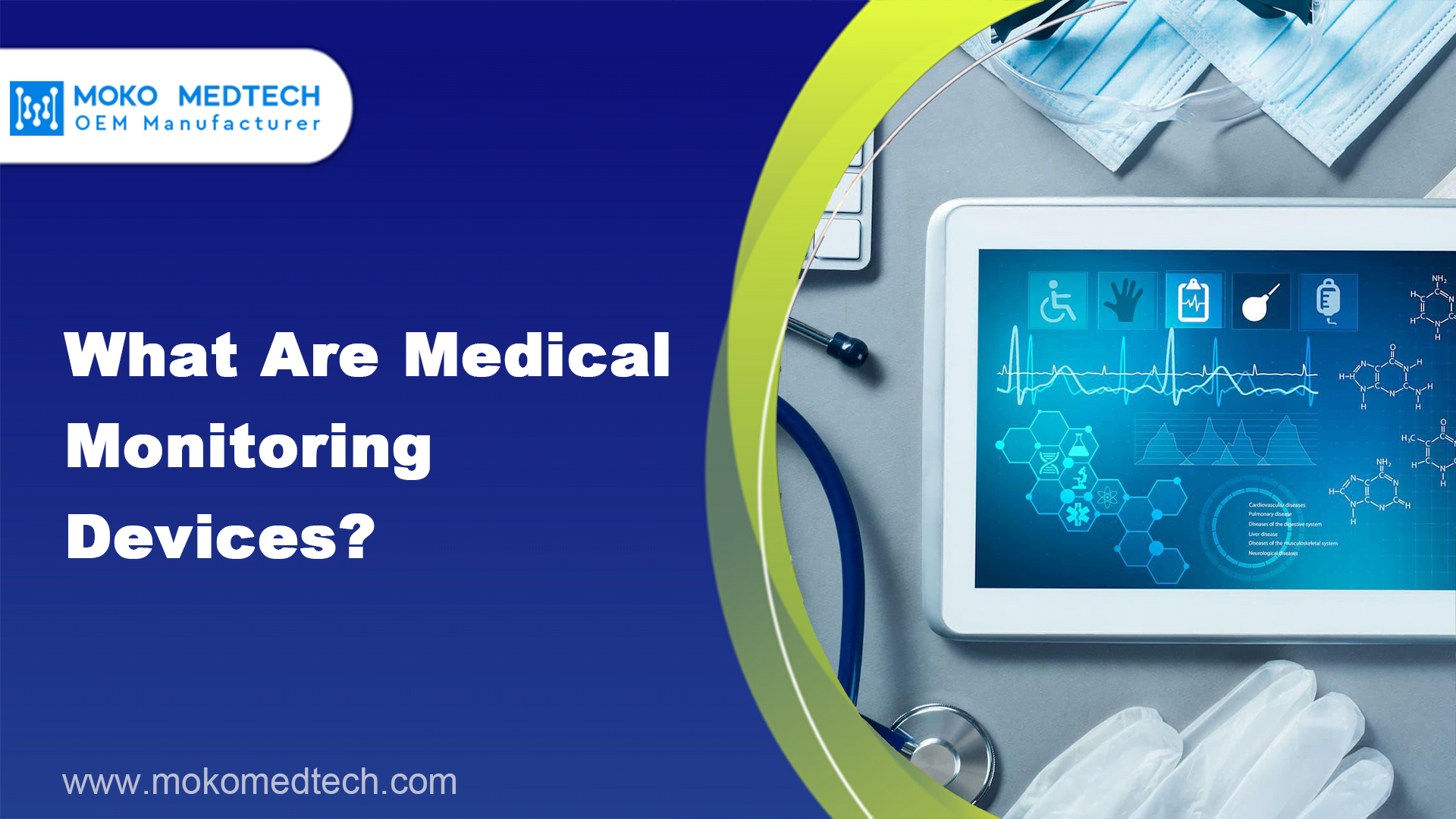We are seeing an increasing number of Smart wearable devices, whether they are smart wristbands, smartwatches, or smart finger rings, beginning to incorporate a series of health monitoring functions, and the cost has basically decreased. These hardware, along with accompanying software, can enable ordinary users to easily measure heart rate, SpO2 saturation, and other physical signs. Today, we will talk about the theories of blood oxygen saturation measurement.
Is the Blood Oxygen Measurement Accuracy of Smart Wearable Devices Accurate?
In addition to invasive tests conducted in hospitals, most blood oxygen tests are still performed using pulse oximeters. The principle of a blood oximeter is to emit specific wavelengths of light through red LEDs and infrared LEDs, and then the device receives the reflected or projected light. The finger clip type blood oximeter uses a projection type, while wrist devices such as smartwatches and smart wristbands, considering the transmission rate and strap, naturally do not use projection type, So they all adopt a reflective type.

However, there are still differences in accuracy between the two. Taking Apple’s Apple Watch smartwatch as an example, when checking various parameters, we can see that Apple’s heart rate monitoring function has passed FDA certification in the United States, but its blood oxygen saturation monitoring does not have this certification, and most smart wearable devices do not have this feature certified by FDA. This can also be seen in other devices, such as Huawei’s Watch GT 3 Pro, which has passed the Chinese NMPA Class II medical device certification for ECG analysis. However, there are almost no wrist oximeters that have passed this certification, and even if they do, they are not related to smart wearable devices. It can be said that the current smart wearable device solution still has certain difficulties in achieving medical level blood oxygen measurement.
On the other hand, a large number of transmission type finger clip oximeters have passed FDA and NMPA certifications, and their accuracy can generally reach below ± 2%. This is because such finger clip oximeters often completely wrap around the detection location, avoiding interference from other external factors such as light, wearing tightness, and skin thickness. And these certified blood oxygen meters can be used in hospitals. On the contrary, other OTC blood oxygen meters, especially smart wearable devices, are mainly used for general health and sports scenarios and are not suitable for patients to use. This is why these devices are always indicated on the product interface that their blood oxygen data is not used for diagnostic and medical purposes.
Radiofrequency Measurement of Blood Oxygen

However, whether it refers to clamp type blood oxygen or smart wearable devices, they rely on pulse measurement using photoelectric sensors. Sensor and LED manufacturers have also provided mature solutions for both methods based on different integration levels. But currently, photoelectric sensors also pose significant challenges in measurement. For example, last year the US FDA pointed out that using such pulse oximeters for people with dark skin may not be accurate.
For example, professional research has found that black patients with latent hypoxemia are three times more likely than white patients to fail to detect problems using this type of pulse oximetry measurement, which is caused by skin pigmentation. Not only that, the blood circulation, skin temperature, smoking and the use of nail polish will also affect the results of this measurement method, and the lower the reading of the blood oxygen meter, the lower its accuracy will also become. So the FDA points out that if a pulse oximeter is to be used for diagnosis and treatment decisions, even FDA certified pulse oximeters should try to make judgments based on the trend of readings over time, rather than the results of a single measurement.
For this reason, many companies have begun to conceive new ways to avoid the problem of photoelectric pulse measurement. For example, Movano, a start-up medical technology company, plans to use smart wearable devices based on RF technology to measure a series of vital signs. This company released its self-developed RF SoC this year, integrating four ICs and utilizing their patented millimeter wave technology.
Movano pointed out that RF signals do not obtain reflected signals from tissues and bones like photoelectric sensors, and are not absorbed by skin pigmentation. Blood oxygen saturation measurement can be completed with higher accuracy, while they are also researching the integration of this SoC into a new system to incorporate non-invasive blood glucose and cuff free blood pressure monitoring. However, the smart wearable device product they plan to create is currently still a smart ring, competing with similar products like Oura. It is worth mentioning that there are also some smart rings on the market that use pulse measurement, such as MOKOMEDTECH’s O2Ring ring type blood oximeter. This type of smart wearable device can use a higher precision transmission scheme, which will have an advantage in passing medical certification.
Summary
In order to further improve the accuracy of smart wearable devices in blood oxygen saturation measurement, we still need to see if sensor, analog, and chip manufacturers can make any breakthroughs in anti-interference and power consumption in such applications in the future. Many methods of using algorithms to improve accuracy still have certain limitations. When considering purchasing smart wearable devices for blood oxygen monitoring, we still need to consider them as sports and health products, rather than professional medical devices.












